A highly simplified example illustrates this Suppose that 18 out of patients (90 percent probability, odds of 91) in an experiment lost weight while using diet A, while 16 out of (80 percent, odds of 41) lost weight using diet B The relative risk of losing weight by choosing diet A over diet B is 1125, while the odds ratio is about 225Fractional odds are the ratio of the amount (profit) won to the stake;An odds ratio is a ratio of odds, that is, a ratio of ratios of probabilities Oddsratios are often used in analysis of clinical trials

Relative Risk Vs Odds Ratio On The Backpack And Back Pain Study Massage Fitness Magazine
Crude odds ratio versus adjusted odds ratio
Crude odds ratio versus adjusted odds ratio- Odds = Probability of an Event Odds are most simply calculated as the number of events divided by the number of nonevents Odds Is Related to Probability The formal way to describe the odds is as the probability of the event divided by the probability of the nonevent So odds are the ratio of two fractions the number of events divided by the number of subjects (In a control group The odds ratio (OR) is the odds of an event in an experimental group relative to that in a control group An RR or OR of 100 indicates that the risk is comparable in the two groups A value greater than 100 indicates increased risk;




Using Odds Ratio In Case Control Studies Youtube
Odds ratio and relative riskExactly The odds ratio of picking blue in B relative to A is 6 Yet we understand intuitively (and from the RR) that you are only 3 times as likely to pick blue in this situation, not 6 times as likelyPot Odds Versus Hand Odds If you are getting Pot Odds > Hand Odds then call Reward > Risk Pot Odds (51) > Hand Odds (475) then you are getting immediate odds to call If they bet was 1/2 the pot giving you 31 pot odds then you should not call 8 outs (unless you think you are getting good implied odds) Percentage same hand $80 $ $ = $1
Odds ratios While risk reports the number of events of interest in relation to the total number of trials, odds report the number of events of interest in relation to the number of events not of interest Stated differently, it reports the number of events to nonevents Smoking The adjusted odds ratio for smoking is calculated as e485 = 1624 This means the odds of having a baby with low birthweight are increased by 624% if the mother smokes (compared to not smoking), assuming the variable age is held constant For example, suppose mother A and mother B are both 30 years oldAn odds ratio greater than 1 indicates that the condition or event is more likely to occur in the first group And an odds ratio less than 1 indicates that the condition or event is less likely to occur in the first group The odds ratio must be nonnegative if it is defined It is undefined if p 2 q 1 equals zero, ie, if p 2 equals zero or q 1 equals zero
The basic difference is that the odds ratio is a ratio of two odds (yep, it's that obvious) whereas the relative risk is a ratio of two probabilities (The relative risk is also called the risk ratio) Let's look at an example Relative Risk/Risk Ratio Suppose you have a school that wants to test out a new tutoring programMathematically, probability and odds ratio are two different things Probability is the likelihood that an event will occur, one side of a die out of six possible outcomes Odds ratio is the likelihood that an event will occur in relation to the likelihood that an event will not occur, 1 An example of what I am talking about is the choice between risk ratio and odds ratio Odds ratio vs risk ratio You know the difference between risk and odds A risk is the proportion of subjects with an event in a total group of susceptible subjects Thus, we can calculate the risk of having a heart attack among smokers (infarcted smokers




Pdf Prevalence Odds Ratio Versus Prevalence Ratio Choice Comes With Consequences Semantic Scholar




Hsrp 734 Advanced Statistical Methods June 5 Ppt Video Online Download
Odds can be expressed as a ratio of the probability an event will happen divided by the probability an event won't happen Odds in favor of A = A / (1 A), usually simplified to lowest terms, For instance, if the probability of an event occurring is 075, then the odds for it happening are 075/025 = 3/1 = 3 to 1 for, while the probability Odds ratio An odds ratio (OR) is another measure of association that quantifies the relationship between an exposure with two categories and health outcome Referring to the four cells in Table 315, the odds ratio is calculated as The odds ratio (OR) is a measure of how strongly an event is associated with exposure The odds ratio is a ratio of two sets of odds the odds of the event occurring in an exposed group versus the odds of the event occurring in a nonexposed group
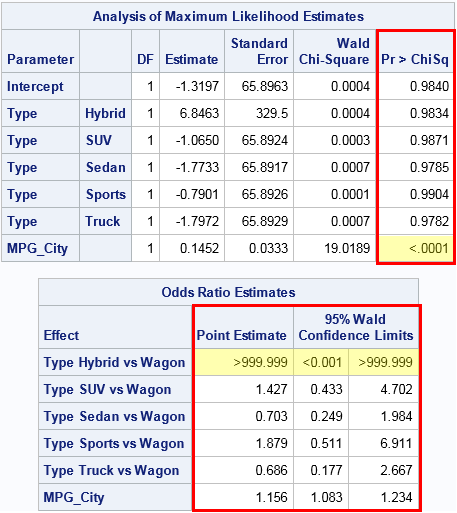



Formats For P Values And Odds Ratios In Sas The Do Loop




Table 3 Frequency Odds Ratio Or And Confidence Interval Ci Regarding Patient Responses To Reasons You Want To Cut Back On Alcohol Consumption N 1 2 Emergency Department Ed Non Trauma Versus Trauma The
Risk vs odds The terms 'risk' and 'odds' are often used interchangeably but they actually have quite different implications and are calculated in different ways Odds is a concept that is very familiar to gamblers It is a ratio of probability that a particular event will occur and can be any number between zero and infinityDecimal odds represent the amount one wins for every $1 wagered This brings us to today's topic Odds Ratio (OR) vs Relative Risk (RR) Odds vs Probability why we love them and why these two cousin statistics continue to confuse us Anyone with a math, science, or medical background has been taught this, and if
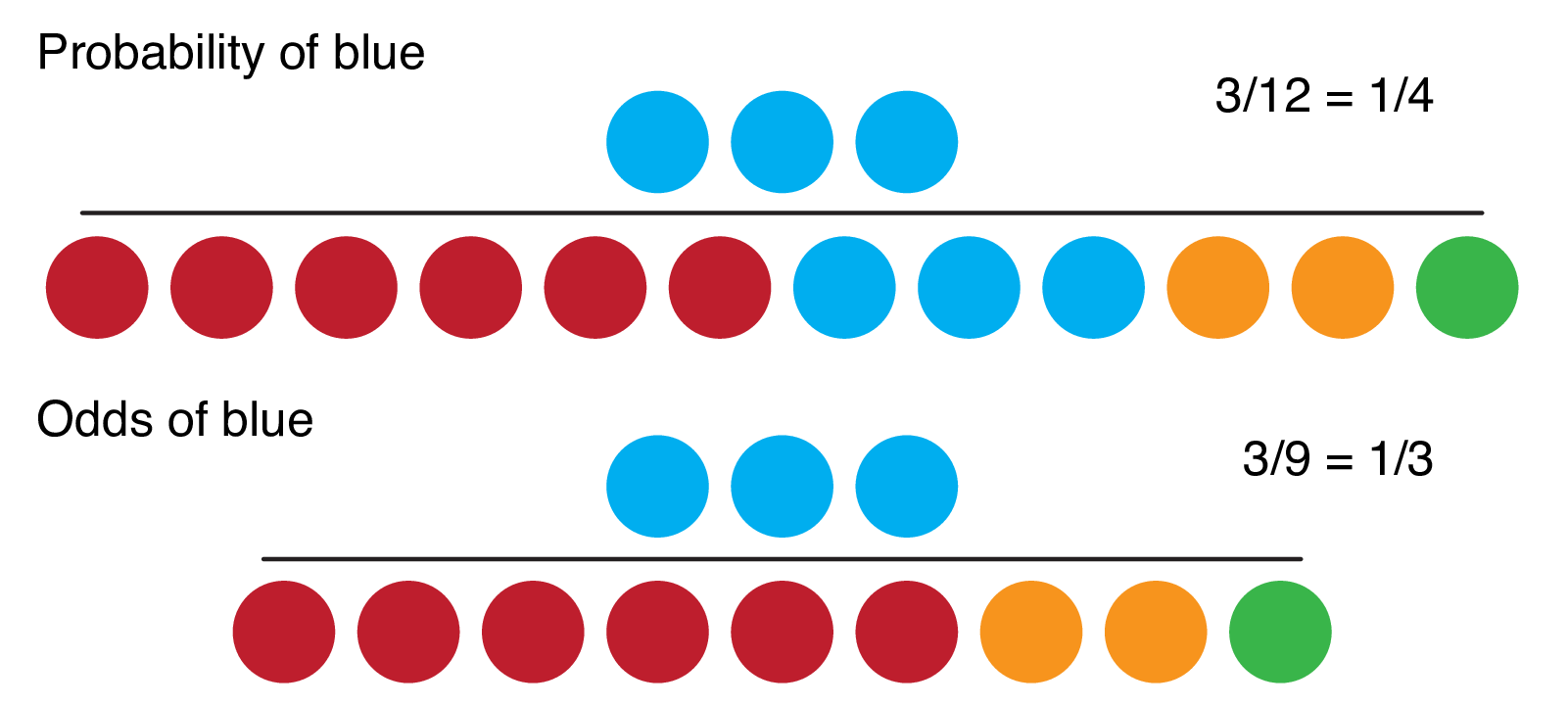



9 2 Binary Logistic Regression R For Health Data Science




What And Why Of Log Odds What Are Log Odds And Why Are They By Piyush Agarwal Towards Data Science
Home > Online Casinos > Casino Articles > House Odds vs True Odds House Odds vs True Odds I've written about house odds vs true odds before, but not in so many words You can read about the basics of probability on this site, and you can read about the house edgeBut another way of looking at these concepts is by examining the difference between payoff odds and true odds e x p ( β) = odds ratio = p 1 1 − p 1 p 2 1 − p 2 I guess what's not coming across is how β, not being a ratio of odds, converts to the odds ratio metric, when taken out of logarithmic space To provide a bit more, if this is the logistic regression equation for the constant l o g ( p 1 − p) = β β 1 ∗ 0 β 2 ∗ 0 β 3 ∗ 0We would interpret this to mean that the odds that a player passes the test by using the new program are 144 times the odds that a player passes the test by using the old program In other words, the odds that a player passes the test are increased by using the new




Risk Ratio Versus Odds Ratio Dr Journal Club




Odds Ratios For Highest Versus Lowest Quartile Download Table
A value lower than 100 indicates decreased risk The 95% confidence intervals and statisticalThe odds ratio is simply the ratio between the following two ratios The ratio between standard treatment and the new drug for those who died, and the ratio between standard treatment and the new drug for those who survived From the data in the table 1, it is calculated as follows OR = (a/b)/ (c/d) = (152/17)/ Odds are the ratio of something happening to something not happening In our scenario above, the odds are 4 to 6 Whereas, Probability is the ratio of something happening to everything that could happen So in the case of our chess example, probability is 4 to 10 (as there were 10 games played in total)
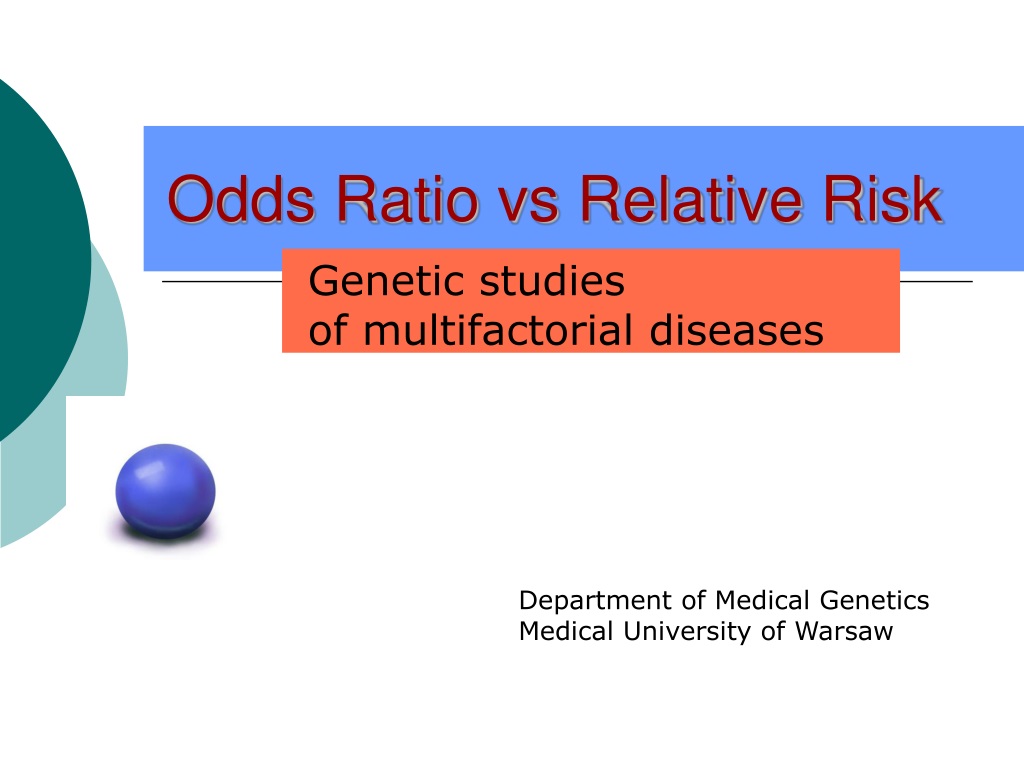



Ppt Odds Ratio Vs Relative Risk Powerpoint Presentation Free Download Id
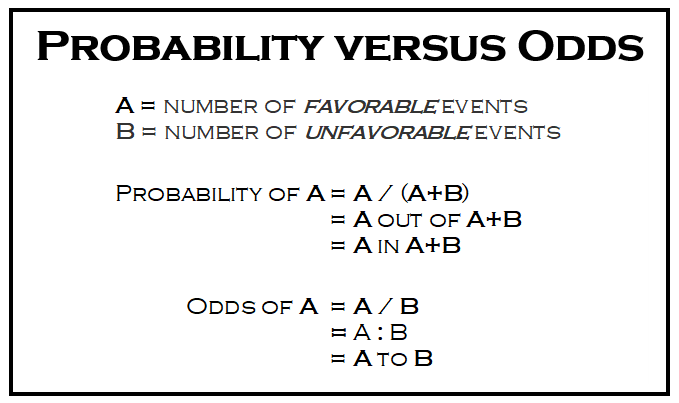



What Are The Odds Stats With Cats Blog
The odds ratio is calculated as Odds ratio = (A*D) / (B*C) Odds ratio = (61*48) / (39*52) Odds ratio = 144;"Odds" and "Risk" are the most common terms which are used as measures of association between variables In this article, which is the fourth in the series of common pitfalls in statistical analysis, we explain the meaning of risk and odds and the difference between the two The difference between cats and dogs is 3 percentage points or 3 49 ≈ 612 % increase in probability for dogs over cats Meanwhile the odds ratio is 052 1 − 052 049 1 − 049 ≈ 1128 However I am finding a lot of social science literature intpreting O R − 1 as equivalent to increase in probability Example



Graph Of Odds Ratio Versus Sle Image Eurekalert Science News Releases




Why Does Power Other Conditions Equal Decrease As The Odds Ratio Increases Above 2 Cross Validated
BMJ 14;348g1407 doi /bmjg1407 (Published 7 February 14) Page 1 of 2 Endgames ENDGAMES STATISTICAL QUESTION Relative risks versus odds ratios Philip Sedgwick reader in medical statistics and medical education Centre for Medical and Healthcare Education, St George's, University of London, London, UK Researchers investigated the effectiveness of a probiotic drink The Difference Between "Probability" and "Odds" If a race horse runs 100 races and wins 25 times and loses the other 75 times, the probability of winning is 25/100 = 0 If the horse runs 100 races and wins 5 and loses the other 95 times, the probability of winning is 005 or 5%, and the If the• Probability is expressed as a number between 0 and 1, while Odds is expressed as a ratio • Probability ensures that an event will occur, but Odds




Odds Ratios Versus Relative Risk




How To Calculate An Odds Ratio Youtube
When the disease is rare, the odds ratio will be a very good approximation of the relative risk The more common the disease, the larger is the gap between odds ratio and relative risk In our example above, p wine and p no_wine were 0009 and 0012 respectively, so the odds ratio was a good approximation of the relative risk OR = 0752 and RR Odds Ratio The OR is a way to present the strength of association between risk factors/exposures and outcomes If the OR is 1 means the odds are increased for a given outcome Let'sRELATIVE RISK AND ODDS RATIO The relative risk (also known as risk ratio RR) is the ratio of risk of an event in one group (eg, exposed group) versus the risk of the event in the other group (eg, nonexposed group) The odds ratio (OR) is the ratio of odds of an event in one group versus the odds of the event in the other group



File Risk Ratio Vs Odds Ratio Svg Wikimedia Commons



1
In gambling, the odds describes the ratio of the size of the potential winnings to the gambling stake; Odds ratio or Crude Odds ratio are obtained when you are considering the effect of only one predictor variable ie your equation consists of only one independent variable If the odds in favor of an event is known, the probability is just the odds divided by one plus the odds ie Probability= Odds/ (1Odds) What is the difference between Probability and Odds?




Adjusted Odds Ratio Definition Examples Statology




Odds Ratios And Log Odds Ratios Clearly Explained Youtube
The odds are a ratio of probabilities;The odds ratio is the "measure of association" for a casecontrol study It quantifies the relationship between an exposure (such as eating a food or attending an event) and a disease in a casecontrol study The odds ratio is calculated using the number of case patients who did or did not have exposure to a factor (such as a The odds ratio (OR) is the ratio of the odds of cancer in smokers to the odds of cancer in nonsmokers OR = (a/b)/ (c/d) = (ad)/ (bc) The risk ratio (RR), also called the relative risk, is the ratio of the probability of cancer in smokers to the probability of cancer in nonsmokers Given that you know a, b, c, and d, you can compute either of




What Is An Odds Ratio And How Do I Interpret It Critical Appraisal




Pdf What S The Risk Differentiating Risk Ratios Odds Ratios And Hazard Ratios Semantic Scholar
But the odds ratio makes no sense (to nonstatisticians) The odd ratio of picking blue in A relative to B is 016 What!?Odds ratios (OR) are commonly reported in the medical literature as the measure of association between exposure and outcome However, it is relative risk that people more intuitively understand as a measure of association Relative risk can be directly determined in a cohort study by calculating a risk ratio (RR)Odds Ratio (OR) measures the association between an outcome and a treatment/exposure Or in other words, a comparison of an outcome given two different groups (exposure vs absence of exposure) OR is a comparison of two odds the odds of an outcome occurring given a treatment compared to the odds of the outcome occurring without the treatment
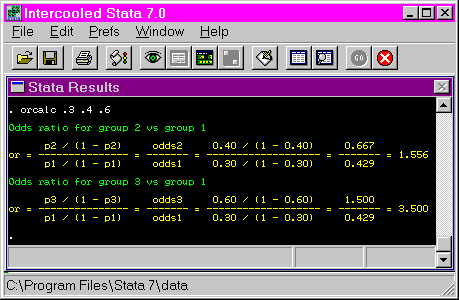



Stata Teaching Tools Odds Ratio Calculation




いろいろ Odds Ratio Vs Relative Risk ただの悪魔の画像
The odds ratio is calculated using the number of case patients who did or did not have exposure to a factor (such as a particular food) and the number of controls who did or did not have the exposure The odds ratio tells us how much higher the odds of exposure are among case patients than among controlsThe ratio of the odds for female to the odds for male is (32/77)/(17/74) = (32*74)/(77*17) = 1809 So the odds for males are 17 to 74, the odds for females are 32 to 77, and the odds for female are about 81% higher than the odds for males Now we can relate the odds for males and females and the output from the logistic regressionEnglishwise, they are correct it is the odds and the odds are based on a ratio calculation It is not, however, the odds ratio that is talked about when results are reported The odds ratio when results are reported refers to the ratio of two odds or, if you prefer, the ratio of two odds ratios That is, let us write o(Xb) = exp(Xb)




Relative Risks And Odds Ratios What S The Difference Mdedge Family Medicine




Odds Ratios Vs Risk Ratios Stats By Slough
In mathematics, the term odds can be defined as the ratio of number of favourable events to the number of unfavourable events While odds for an event indicates the probability that the event will occur, whereas odds against will reflect the likelihood of nonoccurrence of the event While Risk Ratio is the probability of one thing divided by the probability of another (usually in a separated group), Odds Ratio is the odds of one event happening divided by the odds of another EssoeOdds1 Back to the Superbowl example, the relative odds of being hungover today, associated with being a Seahawks fan would beIn health care it is the ratio of the number of people with the event to the number without It is commonly expressed as a ratio of two integers For example, an odds of 001 is often written as 1100, odds of 033 as 13, and odds of 3 as 31




Relative Risk Vs Odds Ratio On The Backpack And Back Pain Study Massage Fitness Magazine
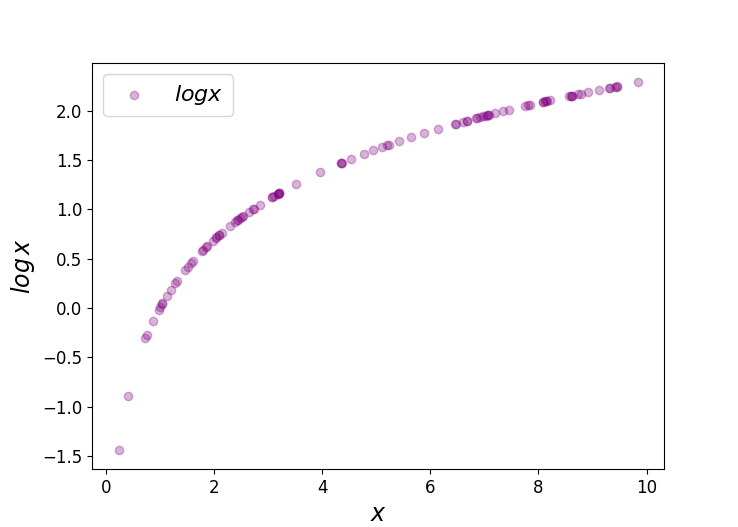



Logit Of Logistic Regression Understanding The Fundamentals By Saptashwa Bhattacharyya Towards Data Science
Odds the ratio of the probability that an event will occur versus the probability that the event will not occur, or probability / (1probability) For example, if you are normally on call 2 out of 7 days in a week, then the odds of you being on call on a certain day of the week is (2/7)/(5/7) = 040




Using Odds Ratio In Case Control Studies Youtube




Math Formula To Reproduce A Plot Comparing Relative Risk To Odds Ratios Cross Validated




Pdf When To Use The Odds Ratio Or The Relative Risk Semantic Scholar
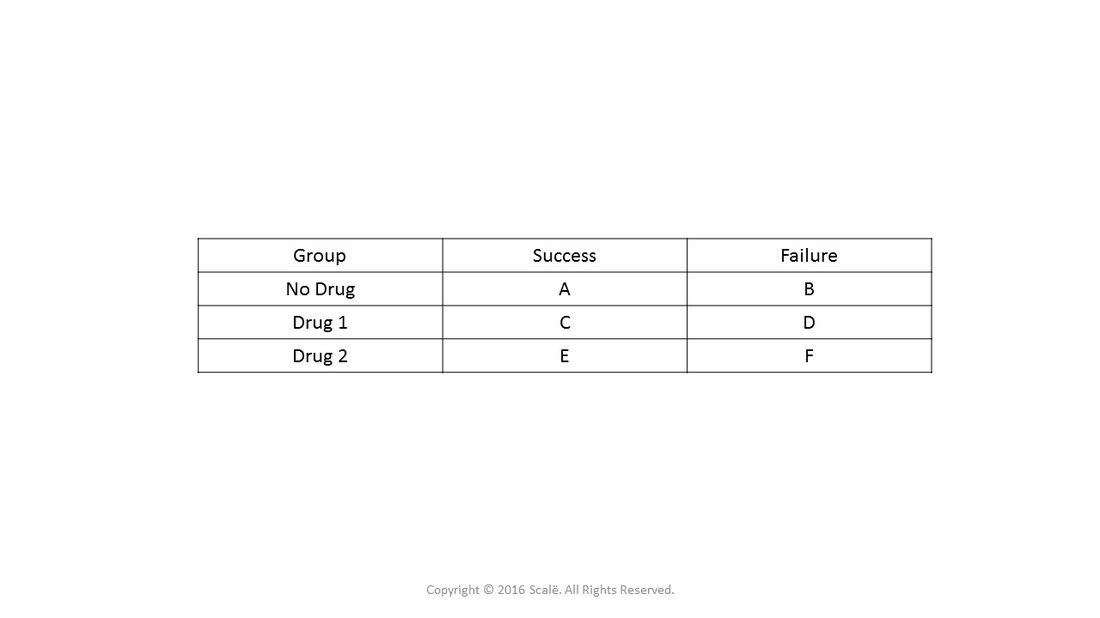



Use And Interpret Unadjusted Odds Ratio In Spss




Probability Odds Odds Ratio Youtube



Risk Ratio Vs Odds Ratio Pocket Dentistry




Definition And Calculation Of Odds Ratio Relative Risk Stomp On Step1




Figure 99 Pooled Odds Ratios Of Gastrointestinal Adverse Events And Strength Of Evidence For Monotherapy And Metformin Based Combination Comparisons Diabetes Medications For Adults With Type 2 Diabetes An Update Ncbi Bookshelf




Odds Ratios Vs Risk Ratios Stats By Slough




A Beginner S Guide To Interpreting Odds Ratios Confidence Intervals And P Values Students 4 Best Evidence



Relative Risk Vs Odds Ratio Authorstream




Relation Between The Odds Ratio Relative Risk And Baseline Risk




Volcano Plot From Univariate Analysis Depicting Odds Ratio Versus Download Scientific Diagram




Against All Odds Improving The Understanding Of Risk Reporting British Journal Of General Practice



Risk Ratio Vs Odds Ratio Hunter 19 Notes And Things




Neto 16 Results Are Usually Presented As An Odds Ratio Or Odds Ratio Measures The Likelihood That The Treatment Worked In The Group That Had It Compared To The Control
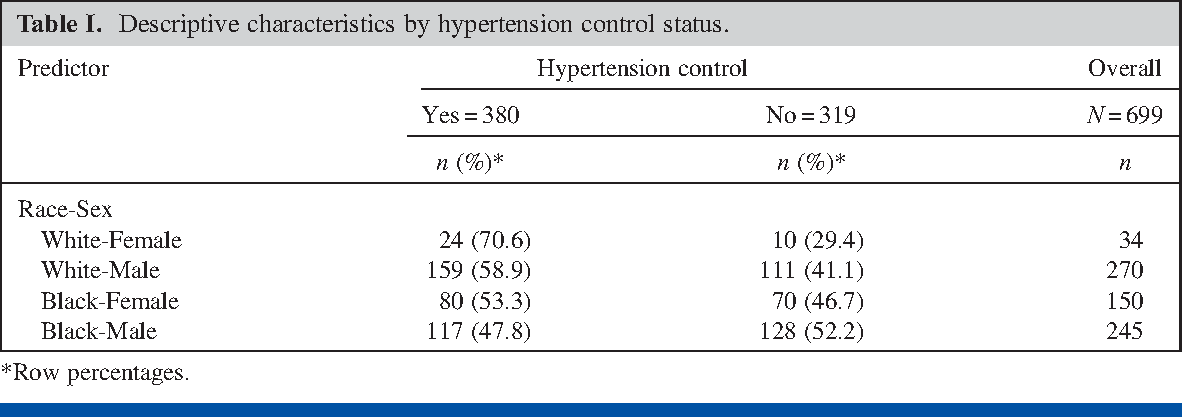



Pdf Prevalence Odds Ratio Versus Prevalence Ratio Choice Comes With Consequences Semantic Scholar



1
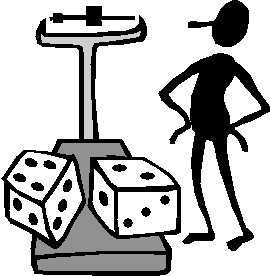



The Difference Between Probability And Odds
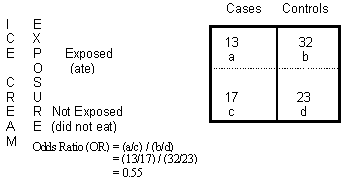



Odds Ratio Calculation And Interpretation Statistics How To



Research Statistics Basics Contents 1 Basic Concepts 2 References Basic Concepts Null Hypothesis The Hypothesis That The Independent Variable Has No Effect On The Dependent Variable For Example Steroids Do Not Improve Outcomes In Ards Would Be



What Is A Pooled Odds Ratio Quora




Odds Ratio Vs Relative Risk What S The Difference Statology
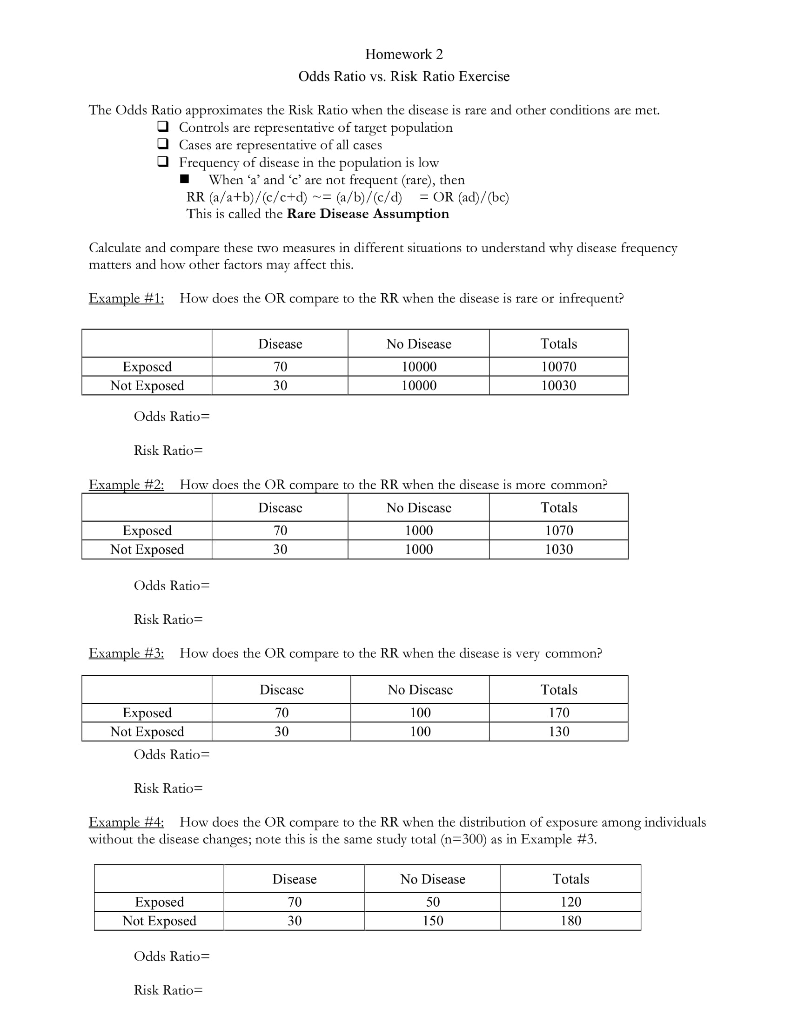



Solved Homework 2 Odds Ratio Vs Risk Ratio Exercise The Chegg Com



Interpretation Of Odds Ratio And Fisher S Exact Test By Sergen Cansiz Towards Data Science




Diagnostic Odds Ratio Core Im Podcast




Odds Vs Probabilities Odds Ratio In Spss Exp B Is An Odds Rather Than A Probability Odds Success Failure Probability Likelihood Of Success For Ppt Download




1 Relative Risks Odds Ratios Or Hazard Ratios Of Risk Factors For Download Table



Confluence Mobile Wiki Ucsf
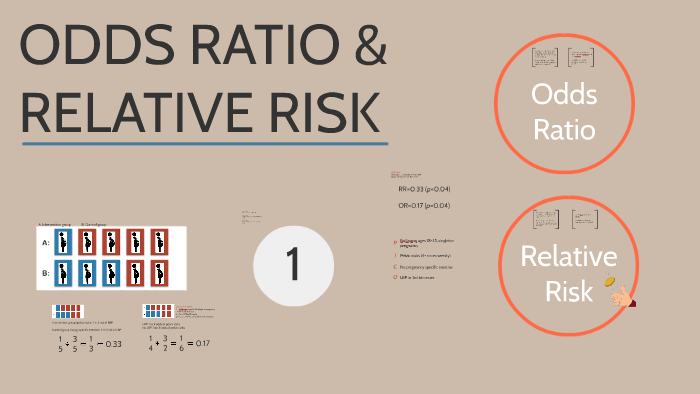



Odds Ratio Relative Risk By Susi Delaney



Relative Risk Ratios And Odds Ratios




Plotting Odds Ratio Vs Continuous Variable In Stata Stack Overflow




A Most Odd Ratio Interpreting And Describing Odds Ratios Sciencedirect
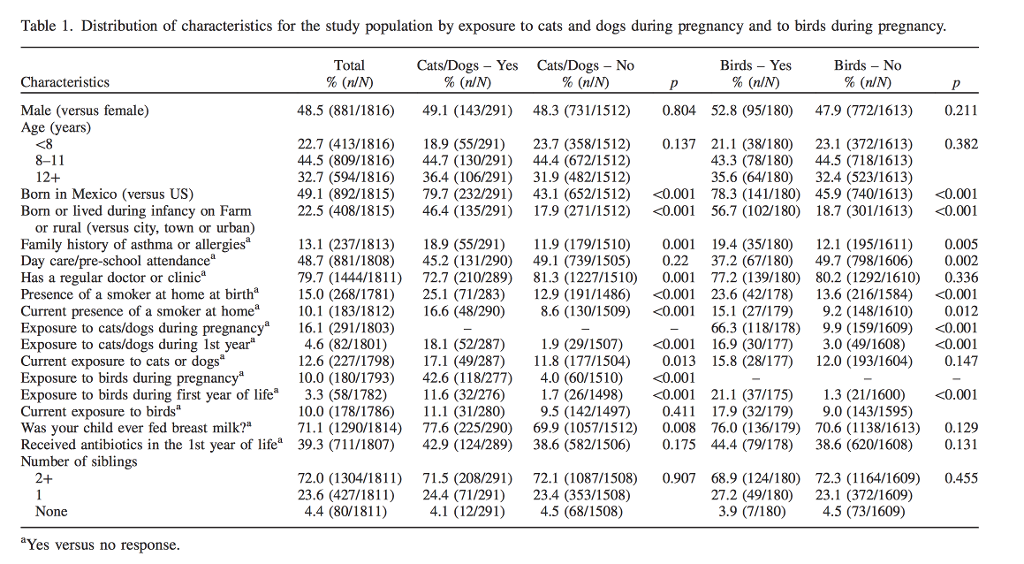



Calculating Odds Ratio Using Table 1 Calculate Chegg Com



1




Odds Ratios And Log Odds Ratios Clearly Explained Youtube




Cohort Specific And Meta Analysis Pooled Odds Ratios Ors Of Download Scientific Diagram
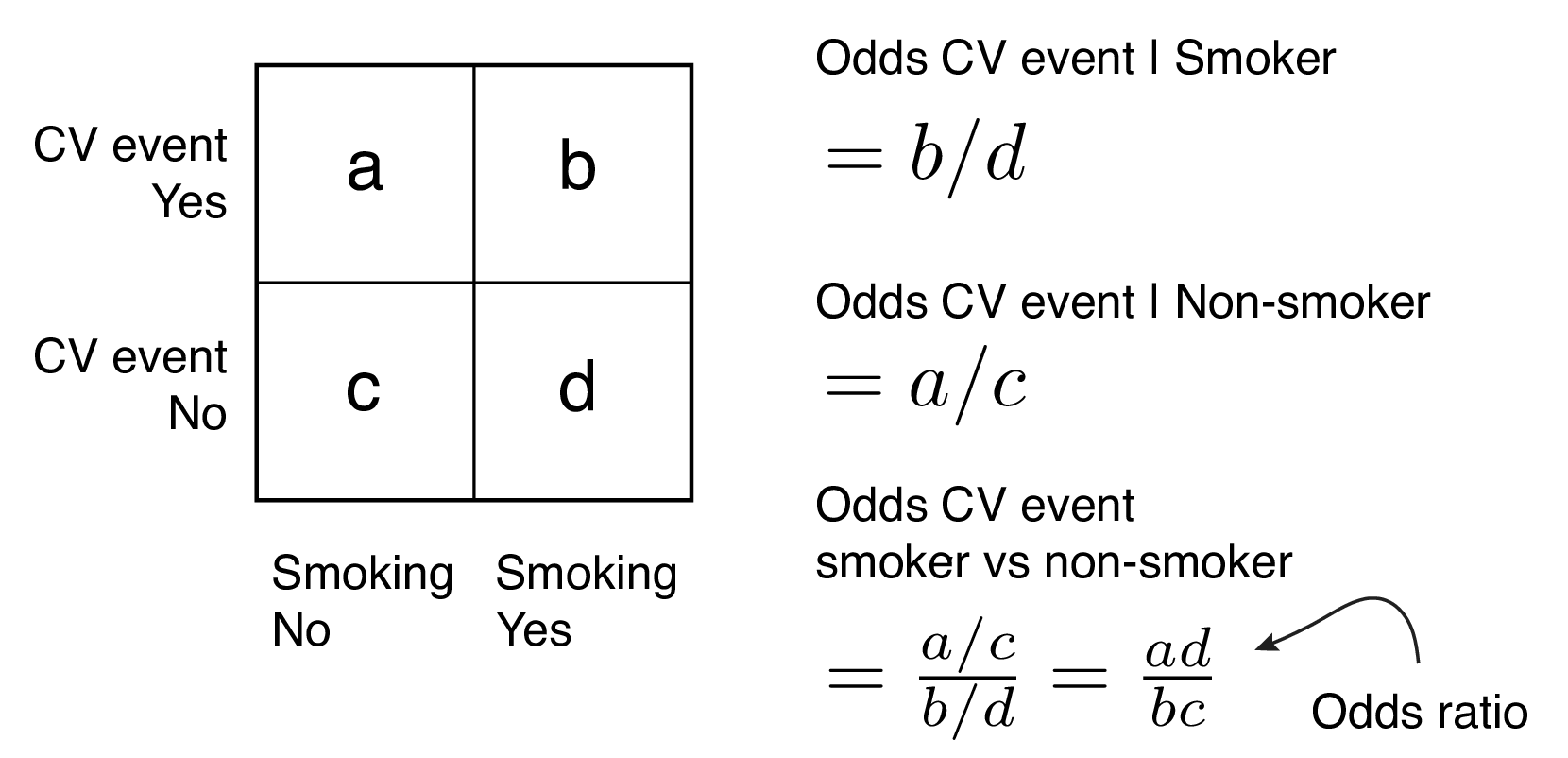



9 2 Binary Logistic Regression R For Health Data Science




Odds Ratios The Odd One Out Stats By Slough




Likelihood Ratio And Odds Ratio Slope Values Represent Odds As Shown Download Scientific Diagram
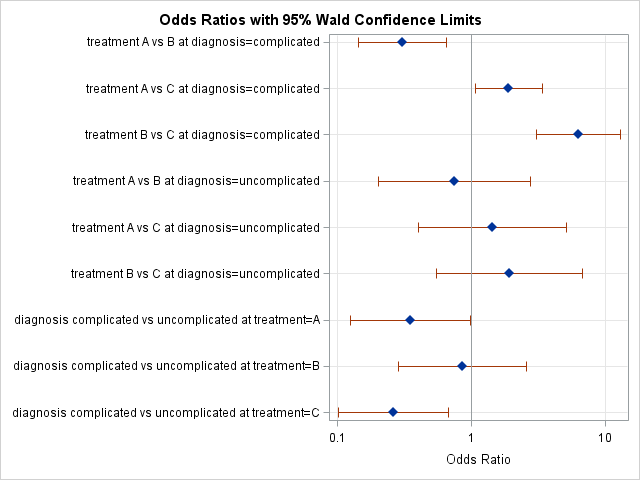



Odds Ratio Plots With A Logarithmic Scale In Sas The Do Loop




Relative Risk Odds Ratios Youtube




Odds Ratio Vs Relative Risk What S The Difference Statology




Converting An Odds Ratio To A Range Of Plausible Relative Risks For Better Communication Of Research Findings The Bmj



Understanding Odds Ratio In Medical Risk Analysis
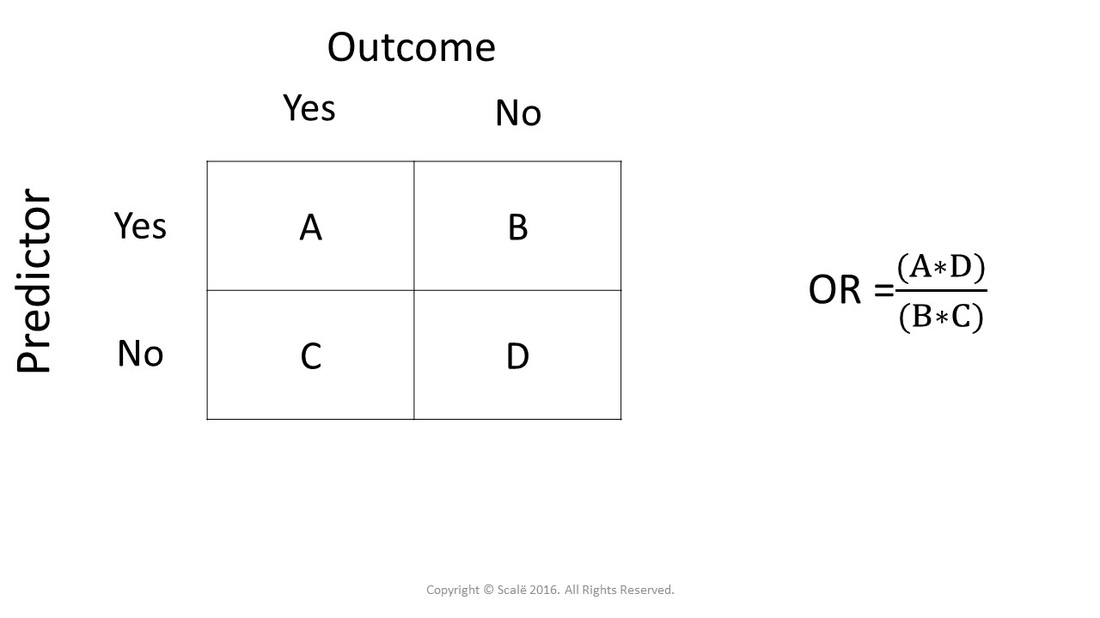



Calculate Odds Ratio With 95 Confidence Intervals



Definition And Calculation Of Odds Ratio Relative Risk Stomp On Step1




Hazard Ratio Vs Odds Ratio ただの悪魔の画像




Pdf What S The Risk Differentiating Risk Ratios Odds Ratios And Hazard Ratios Semantic Scholar
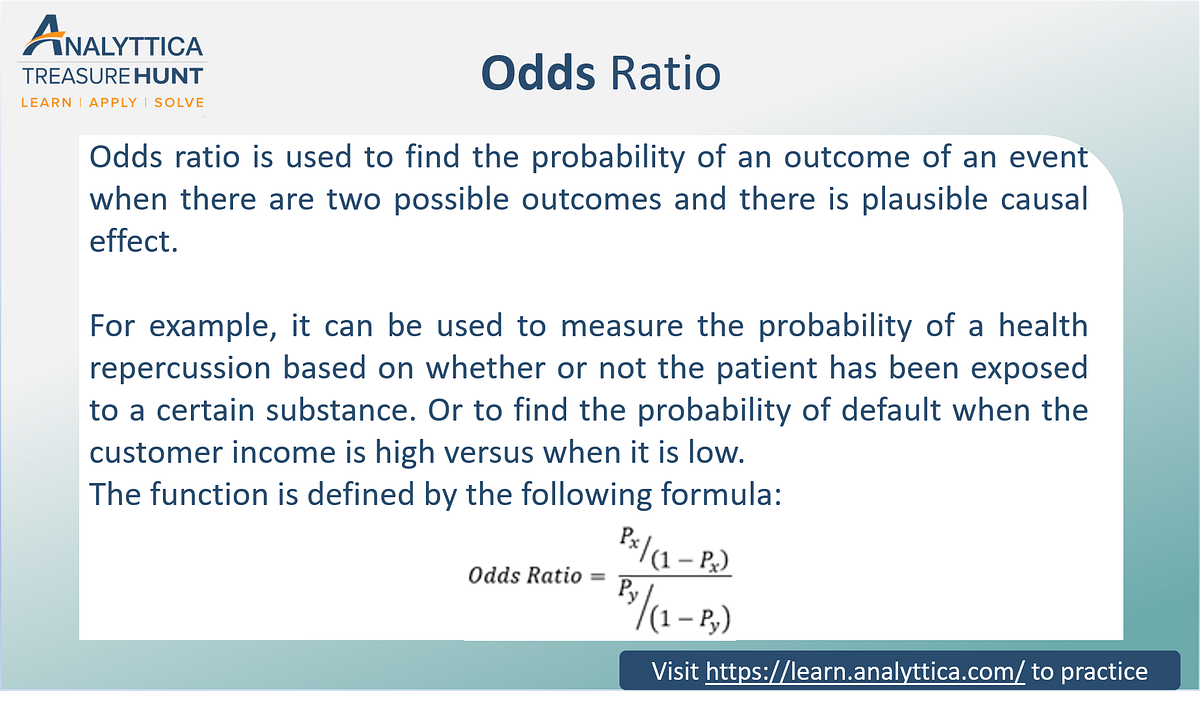



Odds Ratio The Odds Ratio Is Used To Find The By Analyttica Datalab Medium



27 Sep 01 Draft




Cureus What S The Risk Differentiating Risk Ratios Odds Ratios And Hazard Ratios




Predictions And Odds Ratios R




The Odds Ratio Calculation Usage And Interpretation Biochemia Medica




Measures Of Effect Relative Risks Odds Ratios Risk




Underwriting Analysis For Fair Lending Using Logistic Regression Odds Ratio Vs Marginal Effects Premier Insights




Epid 503 Class 14 Crosssectional Studies Study Designs



What Is The Difference Between The Risk Ratio Rr And The Odds Ratio Or Quora
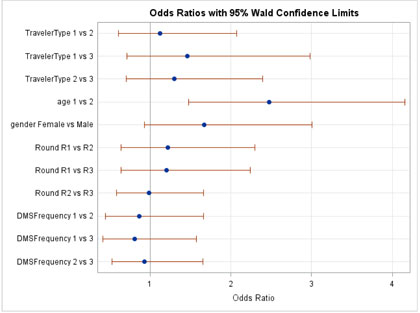



Public Perception Of Safety Messages And Public Service Announcements On Dynamic Message Signs In Rural Areas Appendix C Odds Ratio Graphs For Evaluation Of Hypotheses
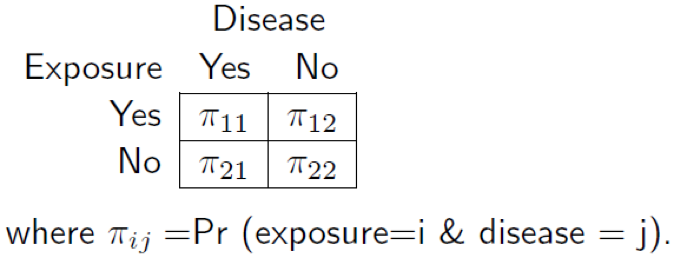



Useful Concept For Medical Healthcare Data Risk Prediction
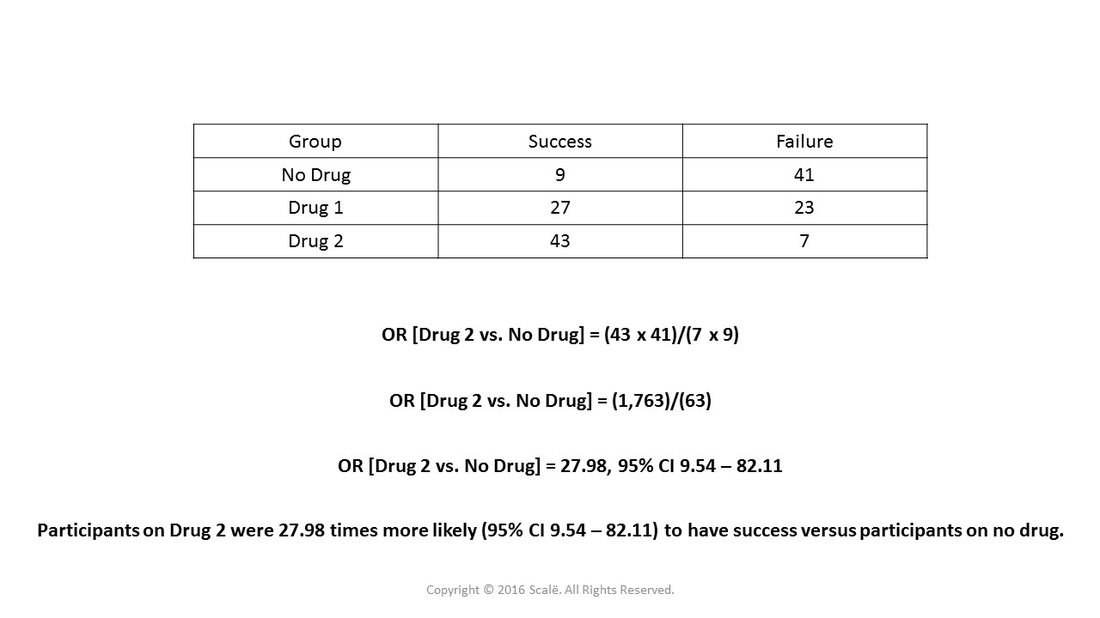



Use And Interpret Unadjusted Odds Ratio In Spss




Odds Ratio Relative Risk Calculation Definition Probability Odds Youtube




Cureus What S The Risk Differentiating Risk Ratios Odds Ratios And Hazard Ratios
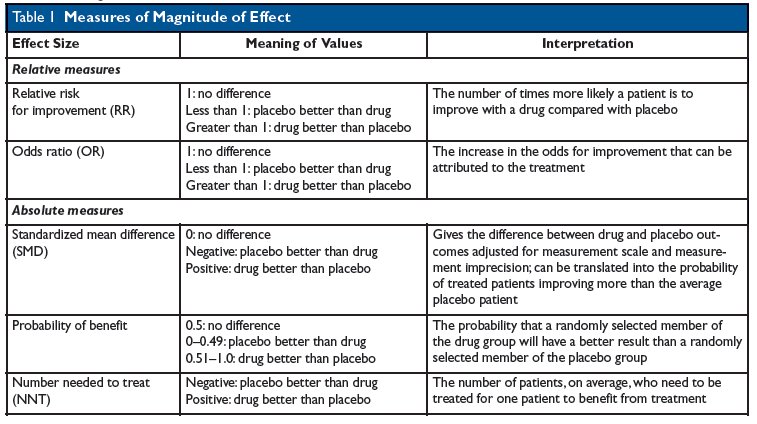



Kevin Whelan If You Re Struggling With Odds Ratios Relative Risks Standardised Mean Differences And Number Needed To Treat And The Associated Alphabet Soup Or Rr Smd Nnt Then This Paper
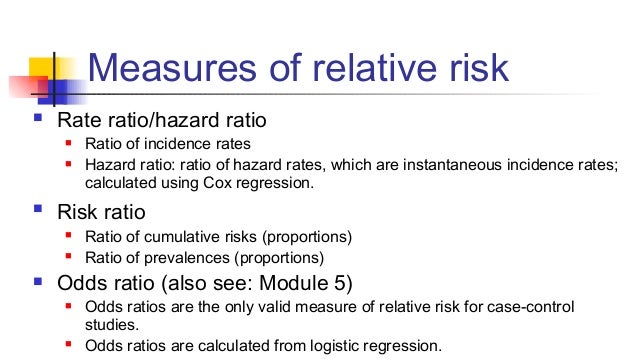



Odds Vs Risk Ratio ただの悪魔の画像




Solved Odds Ratio Vs Risk Ratio Exercise The Odds Ratio Chegg Com



1
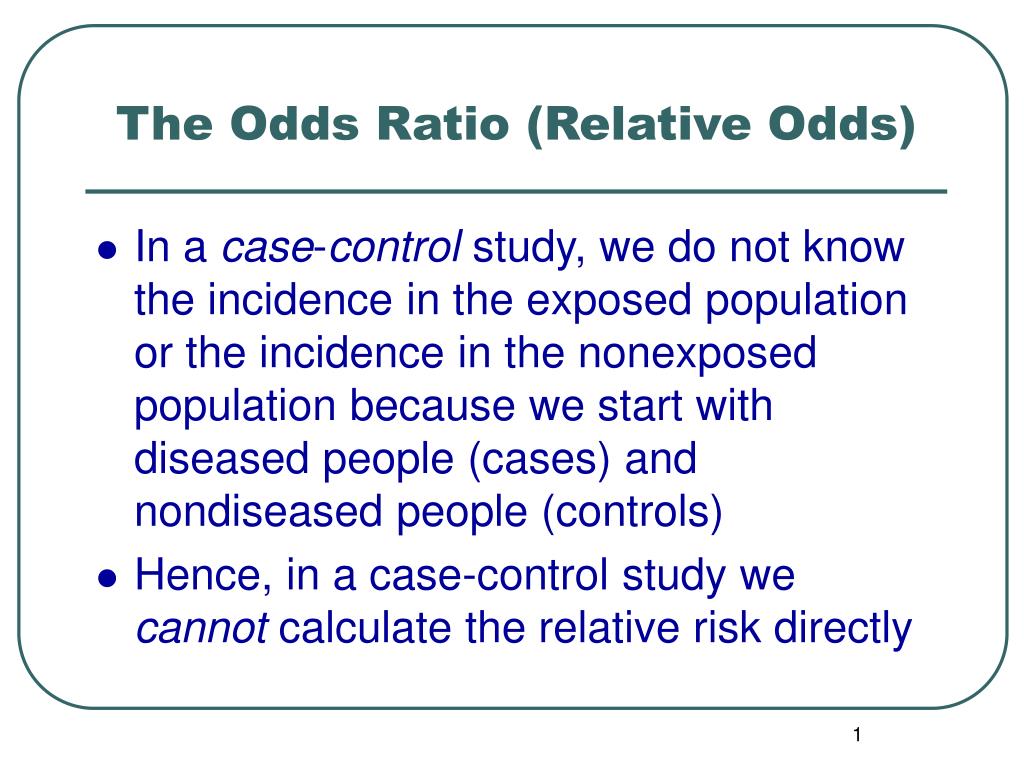



Ppt The Odds Ratio Relative Odds Powerpoint Presentation Free Download Id 6056
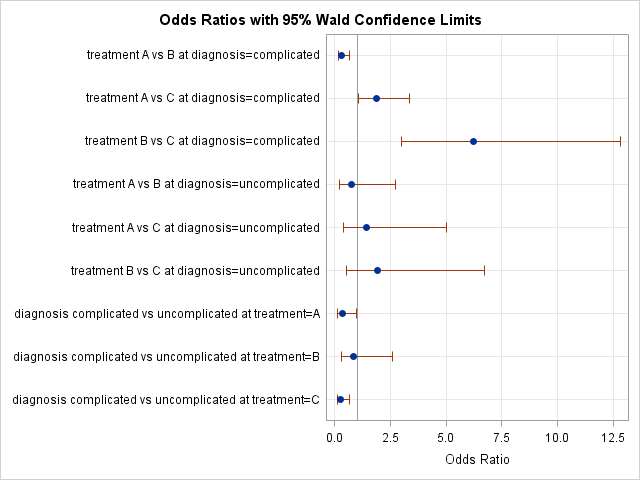



Odds Ratio Plots With A Logarithmic Scale In Sas The Do Loop




Odds Ratio Ll Vs Ss As Calculated By Us Using The Review Manager
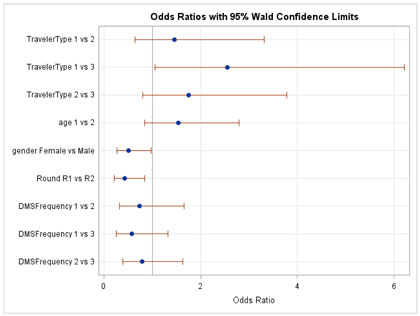



Public Perception Of Safety Messages And Public Service Announcements On Dynamic Message Signs In Rural Areas Appendix C Odds Ratio Graphs For Evaluation Of Hypotheses




Odds Ratio Wikipedia




Figure 7 Random Effects Model Meta Analysis Of Relative Odds Ratio Of Icd Vs No Icd For Arrhythmic Death Between Younger And Older Subgroups Assessment On Implantable Defibrillators And The Evidence For




Figure 6 Random Effects Model Meta Analysis Of Relative Odds Ratio Of Icd Vs No Icd For Arrhythmic Death Between Women And Men Assessment On Implantable Defibrillators And The Evidence For Primary




Odds Ratio Wikipedia




The Difference Between Relative Risk And Odds Ratios The Analysis Factor




What Is An Odds Ratio And How Do I Interpret It Critical Appraisal




Odds Ratios And Risk Ratios Youtube



0 件のコメント:
コメントを投稿